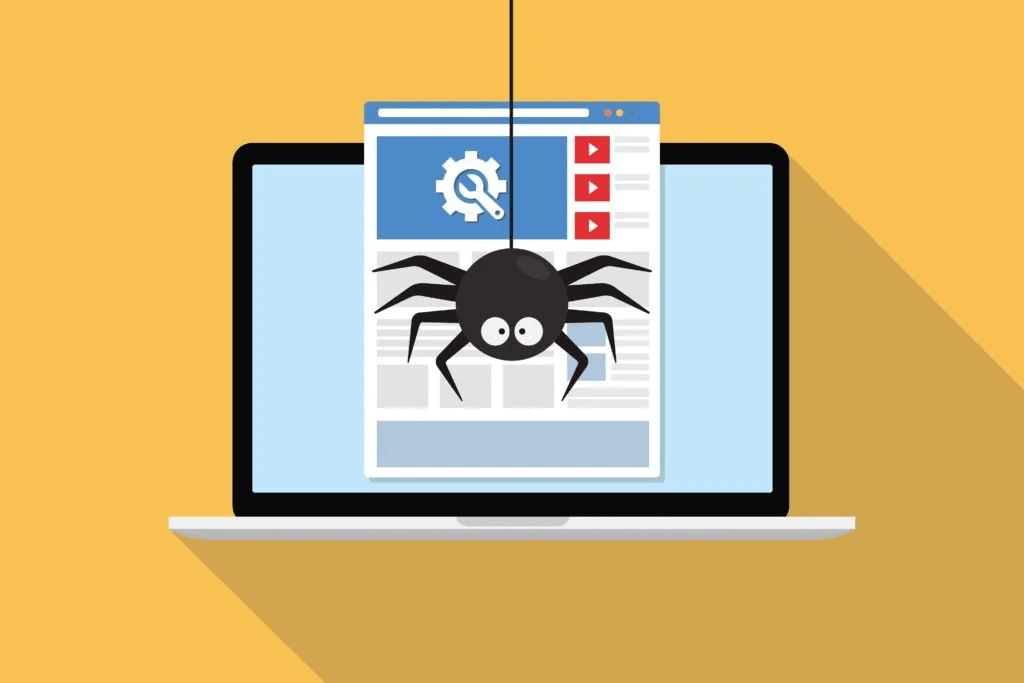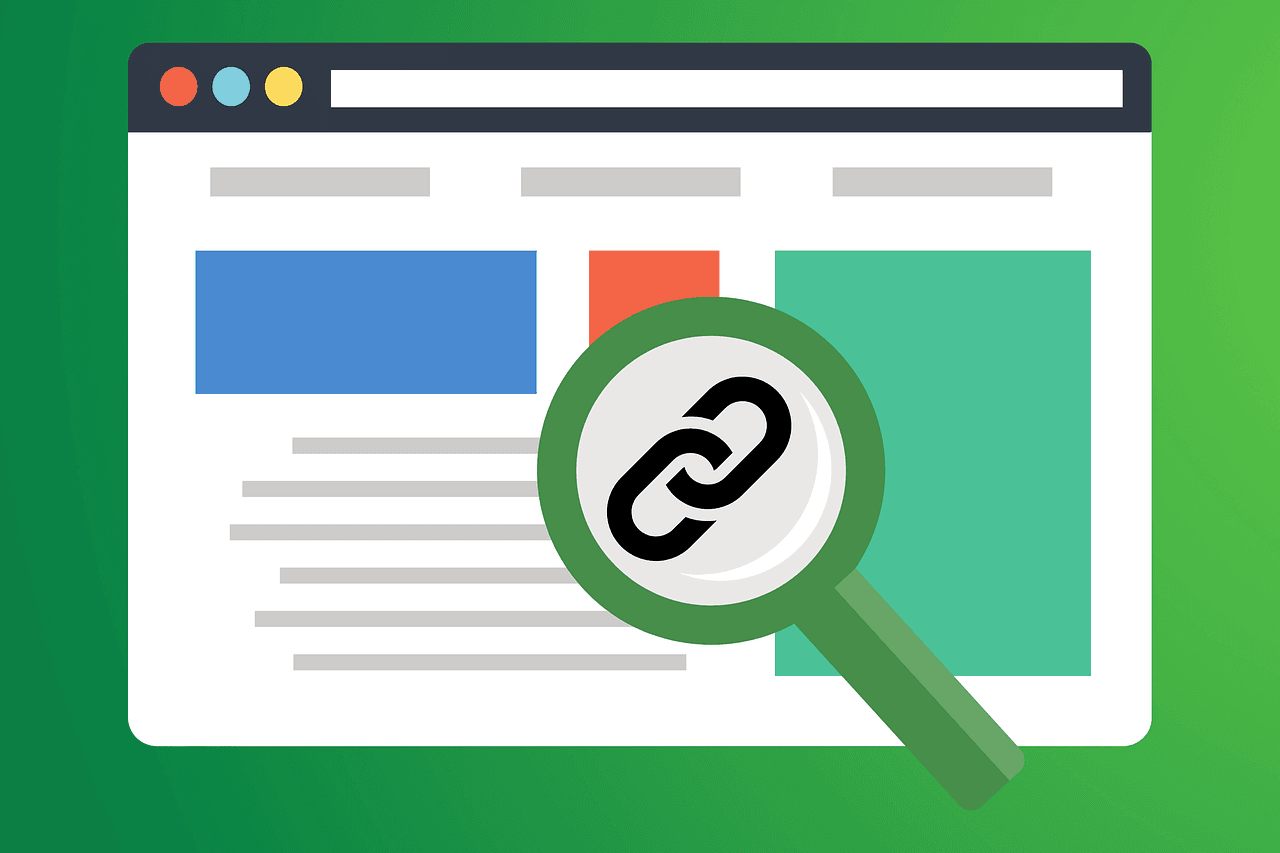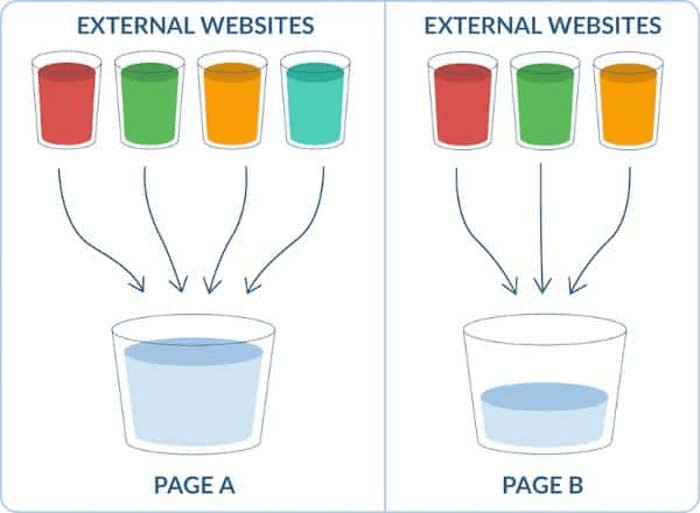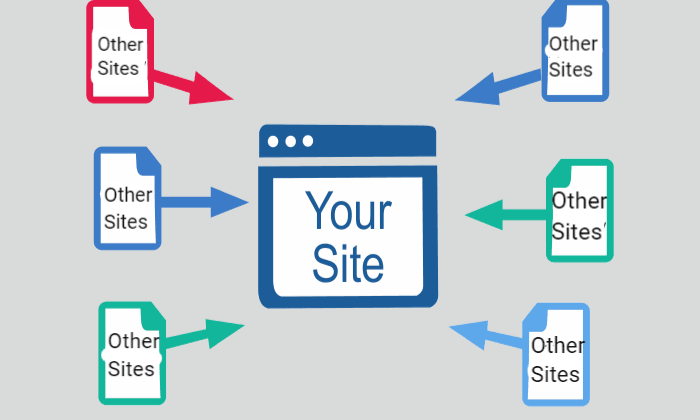Googlebot is the web crawler responsible for discovering and indexing web pages on Google. Understanding how it works is crucial for effective SEO. At Keyword Metrics, we break down this important topic to help you optimize your site for better search visibility.
What is a Googlebot?
Googlebot is a web crawler used by Google to discover and index web pages. It's an essential part of how search engines work, enabling Google to deliver relevant and up-to-date results when users search for information. For SEO beginners and agency professionals, understanding how Googlebot works is key to optimizing a website for better visibility on Google search.
How Googlebot Works in SEO
Googlebot is a type of bot (also called a crawler or spider) that visits web pages to analyze their content. It uses the links found on these pages to move from one site to another, gathering data about each page it visits. Googlebot then sends this data back to Google's servers, where it is processed and added to the search index.
Steps Googlebot Takes to Crawl and Index Pages
- Crawling: Googlebot starts by visiting pages it already knows about, using links to find new pages. This process is similar to browsing the web by clicking through links.
- Indexing: Once Googlebot has crawled a page, it analyzes the content to understand its subject, relevance, and quality. This information is stored in Google's index, which is a huge database used to serve search results.
- Ranking: After indexing, Googlebot’s findings are used to determine where the page should appear in search results, based on factors like relevance and quality.
Googlebot doesn’t just scan the visible content of a page—it also looks at technical elements like meta tags, headers, and XML sitemaps to better understand how to categorize and rank the page.

Importance of Googlebot in SEO
Here are some of the reasons why Googlebot is so important for SEO:
Indexing Your Website
Googlebot helps Google discover and store information about your website, which is crucial for appearing in search results. If Googlebot can’t access your website or doesn’t crawl it effectively, your site may not be indexed, making it impossible for users to find your pages through Google.
Search Visibility
Once Googlebot indexes your pages, your site becomes part of Google’s search results. The better Googlebot can understand your content, the better your site’s chances of ranking for relevant search queries. This highlights the importance of creating clear, well-structured content and optimizing technical aspects of your site.
Updating Your Content
Googlebot also revisits pages periodically to keep its index updated. If you make changes to your site, such as adding new content or updating existing pages, Googlebot will re-crawl and update the information in its index. This is why fresh content can be important for improving or maintaining rankings.
Pro Tips for Using Googlebot Effectively
Here are some practical tips for making your site more Googlebot-friendly:
Ensure Proper Site Architecture
Googlebot navigates your site using links, so having a clear, organized website structure is key. Make sure your site’s navigation is easy to follow, with logical categories and a clean internal linking structure. A well-organized site helps Googlebot find all of your important pages.
Submit an XML Sitemap
An XML sitemap is like a map for Googlebot, showing it all the important pages on your website. Submitting your sitemap through Google Search Console ensures Googlebot knows where to look and can find all the relevant pages on your site. This is particularly helpful for larger websites with many pages.
Use Robots.txt Wisely
The robots.txt file is a simple text file you can use to control how Googlebot crawls your website. For example, you can block Googlebot from crawling parts of your site that are irrelevant or not useful for search, like admin pages or duplicate content. But be careful—blocking important pages by accident can harm your SEO.
Optimize Page Load Speed
Googlebot favors fast-loading pages, as they provide a better user experience. If your pages are slow to load, Googlebot may not be able to crawl as many pages on your site, and it may negatively affect your rankings. Use tools like Google PageSpeed Insights to check your site’s speed and improve loading times.
Mobile-Friendliness is Key
Googlebot also uses mobile-first indexing, meaning it primarily uses the mobile version of your website for indexing and ranking. Ensure your website is mobile-friendly by using responsive design. This ensures your content displays properly across all devices and is crawled effectively.
Tools to Help You Monitor Googlebot and Improve Crawling
Google Search Console
Google Search Console is a free tool provided by Google that allows you to monitor and maintain your website's presence in Google Search results. It provides detailed reports about how Googlebot interacts with your site, including:
- Crawl Stats: Track how often Googlebot is crawling your site and how many pages are being crawled.
- Crawl Errors: Identify any issues Googlebot encounters when crawling your website, such as broken links or blocked pages.
- Index Coverage: View which pages are indexed and if there are any indexing problems.
By regularly checking these reports, you can address issues quickly and ensure that Googlebot is properly crawling and indexing your site.
Screaming Frog SEO Spider
Screaming Frog is a powerful website crawler that mimics Googlebot’s crawling behavior. It allows you to:
- Crawl Your Website: Get a comprehensive view of how Googlebot might interact with your site, including internal links, page titles, meta descriptions, and more.
- Identify Technical SEO Issues: Screaming Frog helps identify common issues like broken links, duplicate content, and missing meta tags that could hinder Googlebot’s crawling process.
- Analyze Crawl Efficiency: Optimize your site’s architecture to make it easier for Googlebot to navigate and index your pages.
This tool is particularly useful for large websites where manual checking would be too time-consuming.
Ahrefs Site Audit
Ahrefs Site Audit tool helps you run a full audit of your website to ensure it’s crawl-friendly for Googlebot. It checks for issues such as:
- Crawlability: Ensure your pages are accessible to search engines.
- SEO Health: Get insights into your site’s overall SEO performance, including page speed, mobile usability, and security issues.
- Indexing Issues: Identify any barriers that might prevent Googlebot from fully indexing your site.
Ahrefs offers detailed suggestions on how to improve the crawlability of your site, which can help improve how Googlebot views and ranks your pages.
Robots.txt Tester
The Robots.txt file controls what Googlebot can and can’t crawl on your site. Using a Robots.txt Tester tool can help you:
- Validate Your Robots.txt File: Ensure that the file is correctly set up and not accidentally blocking important content.
- Test Changes: Test your robots.txt file changes to ensure that Googlebot can access your desired pages.
These tools make it easy to maintain an optimized crawl path for Googlebot, ensuring it can access your most important content.
Common Issues Googlebot Encounters
Sometimes, Googlebot may encounter issues while crawling your website. Here are a few common problems and how to address them:
Blocked Content
If certain sections of your site are blocked by robots.txt or are behind a login screen, Googlebot won’t be able to crawl them. This could result in important content being missed and not indexed. Use Google Search Console to identify any issues with crawling and fix them.
Duplicate Content
If Googlebot finds identical or very similar content on multiple pages of your site, it may confuse the search engine, leading to lower rankings. Use canonical tags to indicate the preferred version of a page when necessary.
Broken Links
Googlebot relies on links to navigate your site. If there are broken links, Googlebot may not be able to reach all the pages it needs to crawl. Regularly check for and fix broken links to ensure smooth crawling.
FAQs on Googlebot
Q. What happens if Googlebot can't crawl my site?
A. If Googlebot can’t crawl your site, it won't be able to index your pages, which means they won’t show up in search results. Make sure your site is accessible, and consider submitting an XML sitemap.
Q. How do I check if Googlebot has crawled my site?
A. You can check crawl statistics and view crawl errors in Google Search Console. This tool provides insights into how Googlebot interacts with your site and helps you fix any issues.
Q. Can I block Googlebot from crawling my site?
A. Yes, you can block Googlebot from certain parts of your site using a robots.txt file. However, be careful not to block important pages that you want to appear in search results.
Related Glossary Terms to Explore
- Crawling: The process of Googlebot visiting web pages to gather data.
- Indexing: Storing the data that Googlebot collects about web pages in Google’s search index.
- Robots.txt: A file used to control and limit how search engines crawl and index a site.
- XML Sitemap: A file that lists all important pages on a website to help Googlebot crawl and index them.


